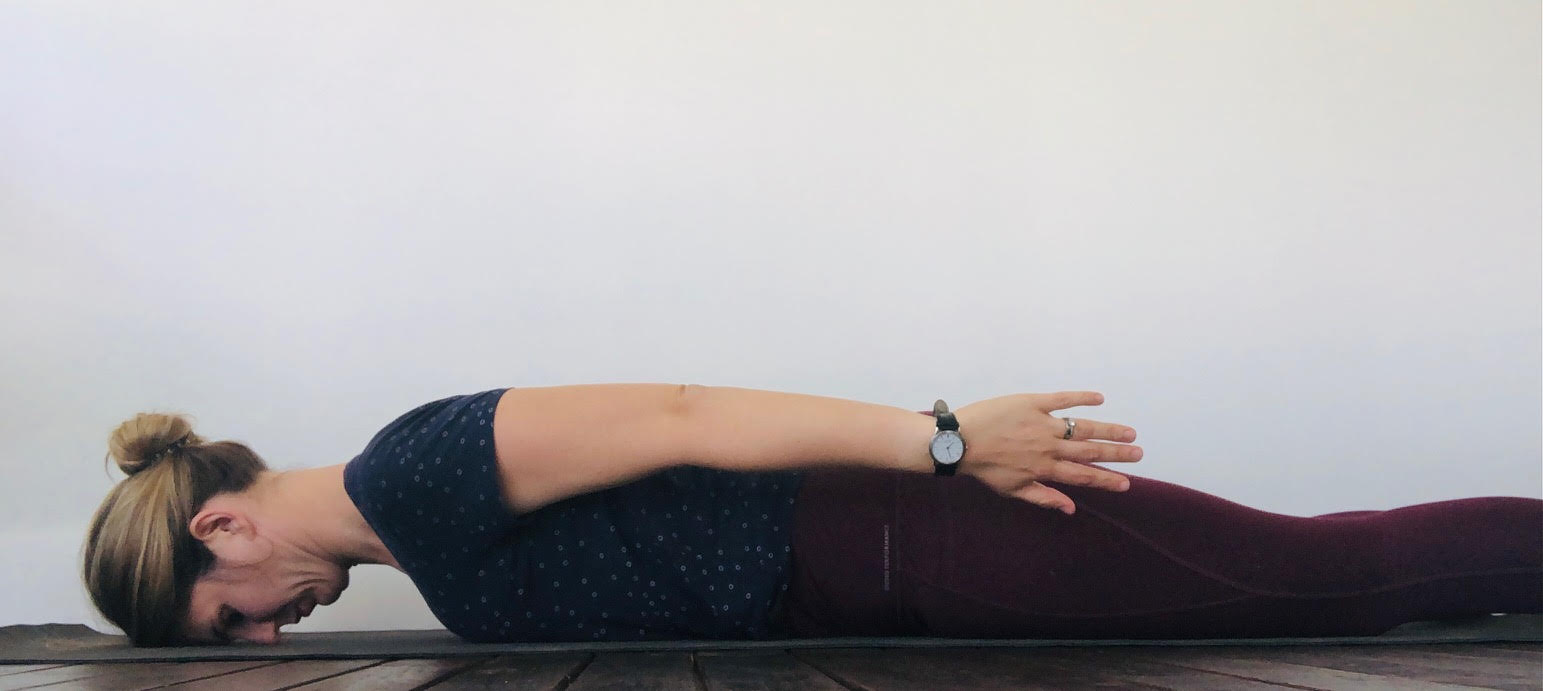Exercises for the Modern World: Pilates Exercises for the Upper Back, Neck and Shoulders
Rounded shoulders, forwards heads and hunchbacks are all part of the package of living in the twenty-first century. Even for someone like myself who is quite active as a physio, Pilates instructor and mum of two little ones, I still spend a mammoth amount of my day sitting.
Pilates enhances postural awareness, strength of postural muscles and postural endurance. Having good posture is important to ensure that there is appropriate loading through joints, muscles and tendons. Sitting for too long with poor posture can lead to all sorts of injuries including headaches, neck and back pain, neural irritation, and shoulder issues.

The APPI repertoire has an array of exercises that are aimed at improving upper back, neck and shoulder posture. Here are some of my favourites:
Breaststroke Prep (Mat)
This is a fantastic way to work the muscles around your shoulder girdle and upper back. It also cues us to open up across our chest and lengthen our pectoral muscles. Because the exercise is performed lying on your stomach, gravity plays a big role in making us work harder (those arms become surprisingly heavy after just a few reps). Consider adding hand weights or a theraband to make these muscles work even more.
Open Book (Reformer)
This is one of my favourite reformer exercises for strengthening the mid-back muscles. Sitting or kneeling on the reformer with the straps resting at the elbows, the upper arms run parallel to the floor, ensuring a good shoulder workout while the muscles around the scapula provide stability. Perform this one in high kneeling to further challenge lumbopelvic control at the same time.
Pulling Straps on the Long Box, Plough (Reformer)
Like Breaststroke Prep, this exercise is also performed lying on your stomach, however our chest, head and neck is not supported as we lie on the long box. Consequently, the enhanced effects of gravity instantly make the muscles of our upper back and neck work harder to hold us in good alignment. Pulling on the straps to perform the plough action works our shoulder girdle and lower
trapezius muscle, while adding in the spinal extension makes our thoracic (mid-back) muscles activate. Try adding in a sustained hold at the end of the rep to really challenge those extensor muscles.
Train Toot (Cadillac)
The upright sitting position of this exercise is functional and makes it easy to relate to everyday situations. Sitting supported on the Cadillac, one arm holds onto the push-thru bar and performs a draw down (or train toot) action. The goal is to not only work on sitting posture, but to optimise shoulder girdle position and function. Challenge the sitting position further by sitting on an unstable surface like foam or an inflated stability disc.
So, whether it’s for yourself or the group of office workers that come to your class, having a focus on upper back postural muscles for a portionaof the workout will almost certainly make everyone sit a little taller.